Why Kolarampathi?
The Greater Coimbatore area is the lucky recipient of the long-term vision of the Kongu Cholas (8th – 9th century CE), who during their reign created many wetlands along the Noyyal River basin. The Kolarampathy Lake, which sprawls over 20 acres, is one such wetland that surrounds the grand temple of Perur like a necklace. Plantations and cultivation surround it and it is situated just 2 kilometres away from Perur Lake to the east. In comparison with other lakes in the region the level of pollution here is comparatively less, due to the moderate implementation of commercial fishing and industrial activity. These ecosystem gems are the great storehouses, where many of the marine and associated avian biodiversity have been sustained for centuries.
A United Nations report on wetlands dated 27th of Sep 2018 also called the Ramsar convention, published by many eminent scientists in the field, states that this ecosystem, which is crucial for biodiversity is “dangerously undervalued”. They estimate that since 1900 around 64% of the world’s wetlands have vanished, due to reasons ranging from water diversion to agriculture.
The principal reason for choosing Kolorampathy as a candidate for the monthly synchronised surveys is its overall biodiversity. This was clearly established over many observation sessions in the core area of the lake over a period of many years by Perur Lake Forum members such as myself (Prakash. G.), G. Parameswaran, Sharang Satish and others. In addition our group has had the prior experience of conducting a Monthly Bird Survey in Perur Lake since 2014, whose two year summary published in the Journal of Threatened Taxa (https://threatenedtaxa.org/index.php/JoTT/article/view/3864/5986) advocated for the expansion of synchronous surveys in order to collect data of higher scientific validity.
This seasonal lake is primarily fed by both the Southwest and Northeast monsoon rains and as well as the resultant overflow from the River Noyyal. As we approach the dry season the lakebed dries, but still contains a lot of the aestivating marine creatures, which rejuvenate once the monsoon rains arrive. The rich verdant vegetation also provides a dense cover and the reviving marine organisms provide food for resident birds to raise their families.
Some example of these residents birds that nest here are the Lesser Whistling-duck (Dendrocygna javanica), the Little Grebe (Tachybaptus ruficollis), the Eurasian Moorhen (Gallinula chloropus) and the Bronze-winged Jacana (Metopidius indicus). During the autumn and winter months if there is sufficient water and fish, then the lake plays host to many winter migrant duck species such as the Garganey (Anas querquedula), the Northern Shoveler (Anas clypeata), and the Northern Pintail (Anas acuta).
This lake is predominantly filled with thorny trees that belong to Acacia family namely Vachellia nilotica and also has other native trees such as Neem (Azadirachta indica), several trees of the Palm (Arecaceae) family including the Arecanut (Areca catechu). Since 2013, there are many important bird sightings recorded here which makes the lake unique and stresses the importance of protecting it from potential threats like human interference and pollution. Some of the rare bird sightings are the Tufted Duck (Aythya fuligula), the Lesser Fish Eagle (Icthyophaga humilis) and the Taiga Flycatcher (Ficedula albicilla). In addition to avian rarities the area surrounding this wetland also plays host to numerous butterfly species.
It is extremely important to understand the beneficial ecological function that a wetland complex with natural vegetation bestows on humanity. It is a functioning ecosystem that prevents or mitigates floods during excessive rainfall and also facilitates the recharging of the ground water table. In short they are the “Golden Goose” that helps a growing city to cater to the water needs of its increasing population.
To conclude, it is the aim of the survey team to thoroughly study and understand breeding patterns and bird behaviour at Kolarampathi lake over a long term horizon. We also want to understand the population variations of the winter birds and their dependance on water levels. Therefore we in Perur Lake Forum are currently conducting Monthly Bird Surveys in Perur Lake (since Apr 2014), Krishnampathy (since Jan 2019) and Kolrampathy (since Jan 2019), usually on the 2nd Saturdays of the month.The importance of synchronous wetland counts cannot be overstated, because having a combined database of all the lakes in Coimbatore could generate much needed data for conservation of these wetlands. We also encourage other interested groups to form dedicated teams to conduct similar surveys in other wetlands so as to conserve the wetlands for the long term for benefit of future generations.
Submitted by Prakash.G. on behalf of his Kolarampathy team, which includes
- Mr. Vijayakumar. R,
- Mr. Sureshbabu. K and
- Mr. Srinivasan Rav
November 28, 2020.
Addendum:
As on 11th April 2021, the Kolarampathy count has matured and fledged from Perur Lake Forum. It has achieved the status of independence.


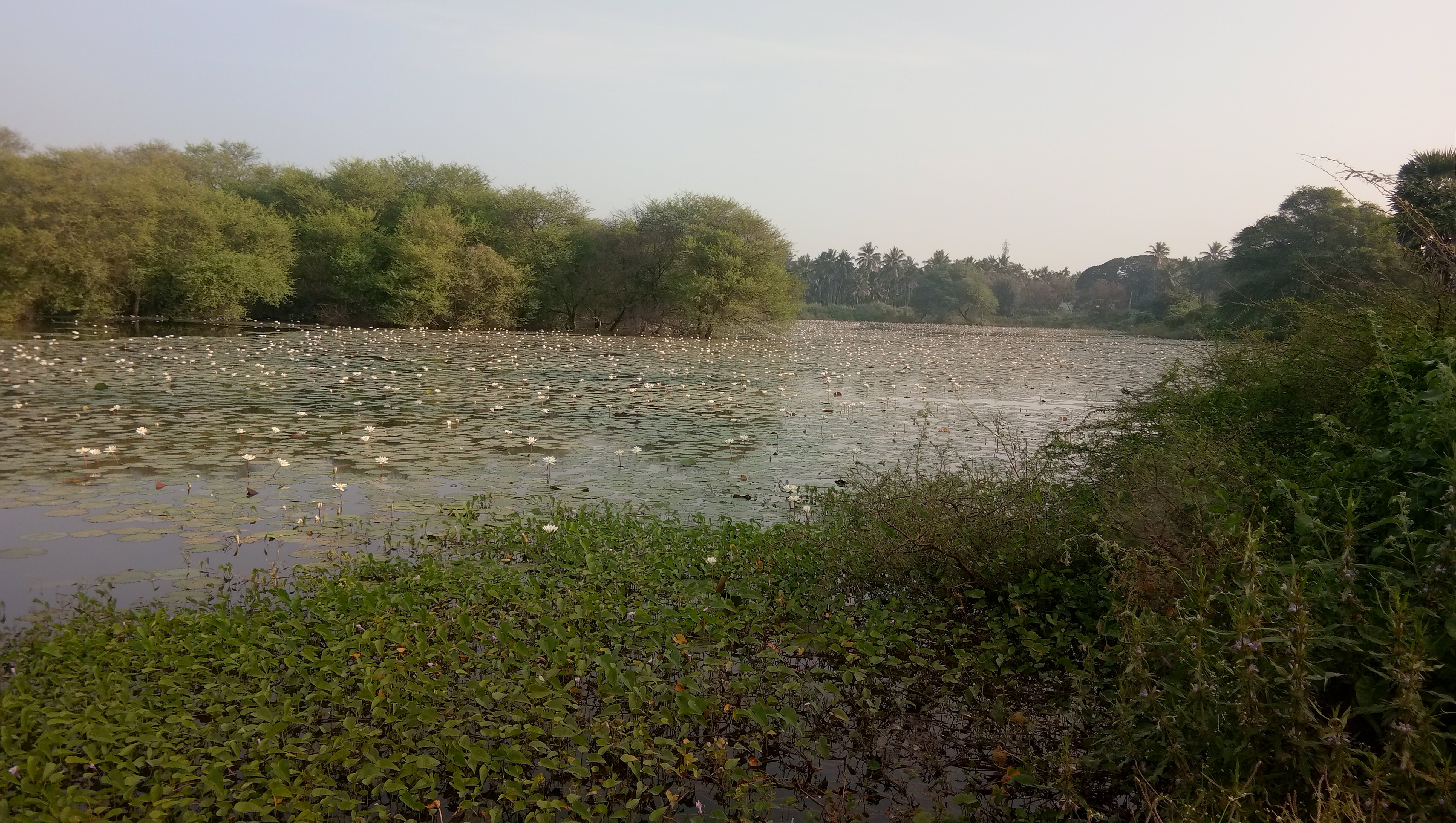
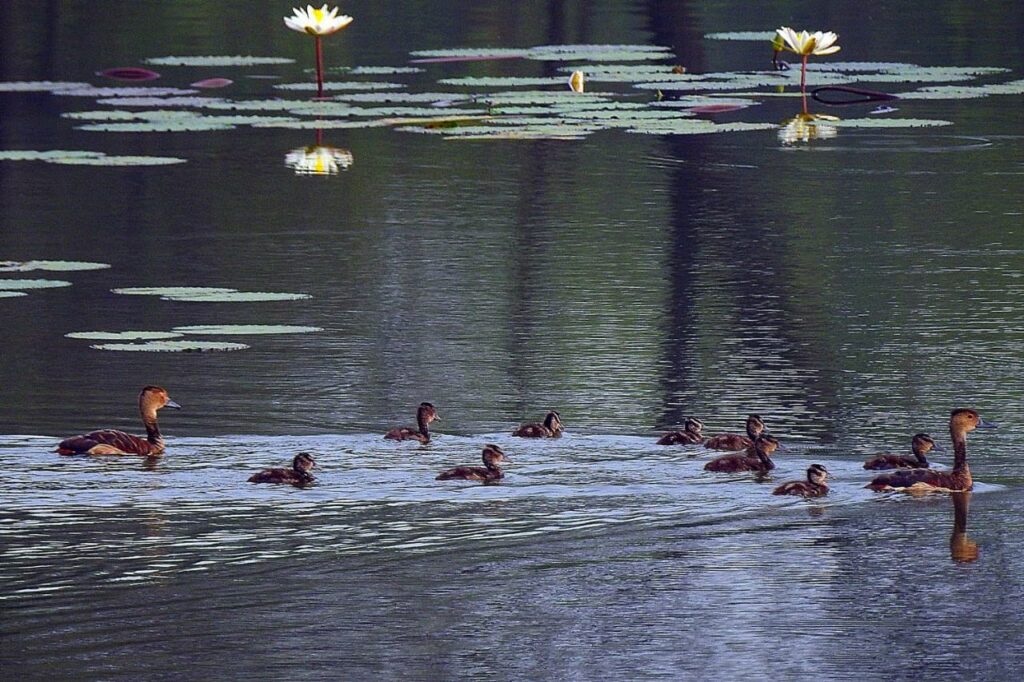
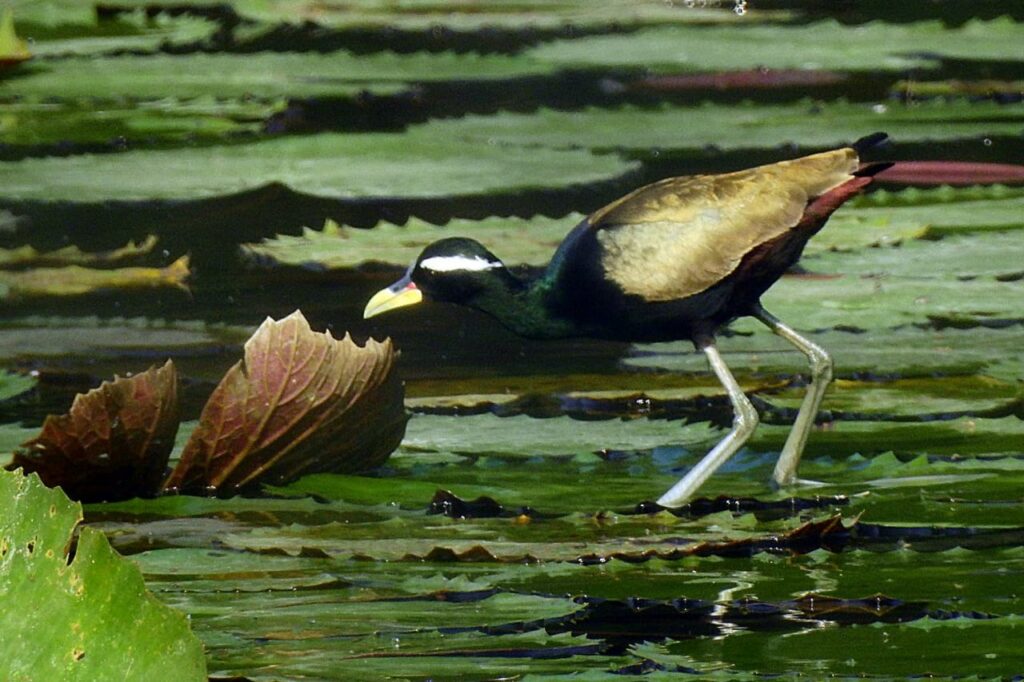
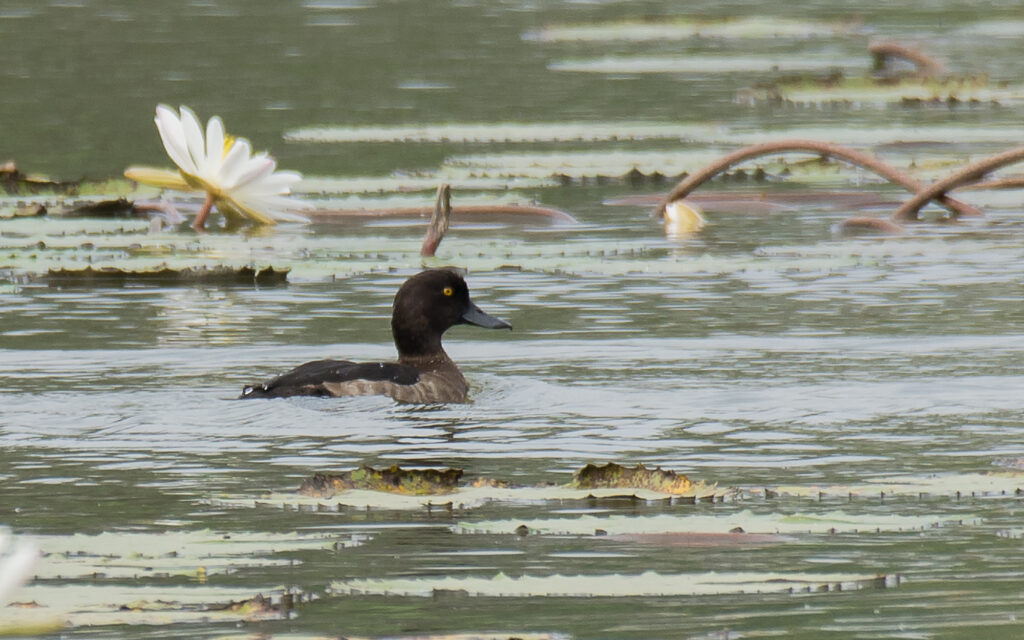
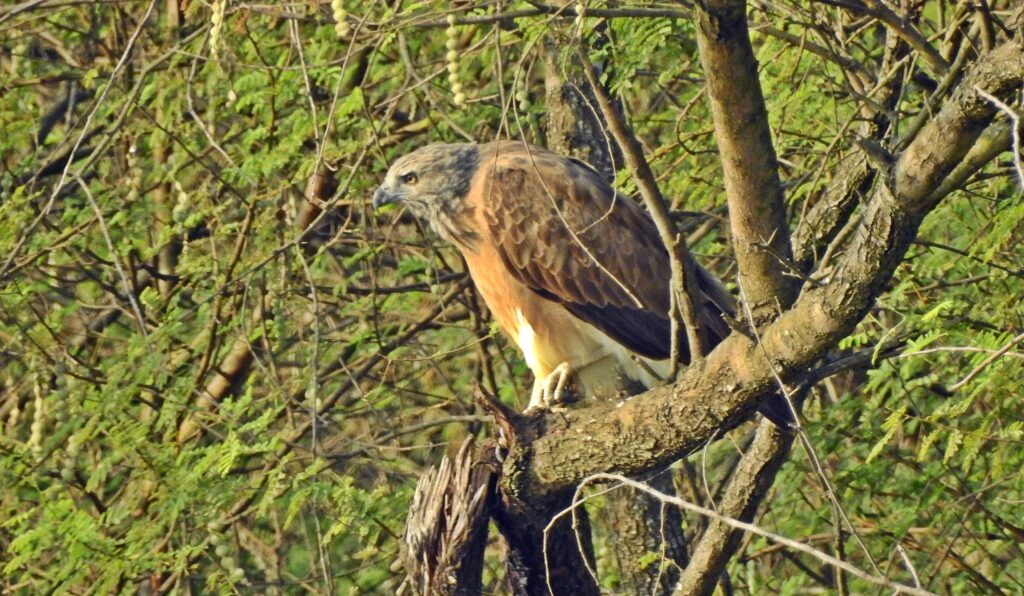
No Comments